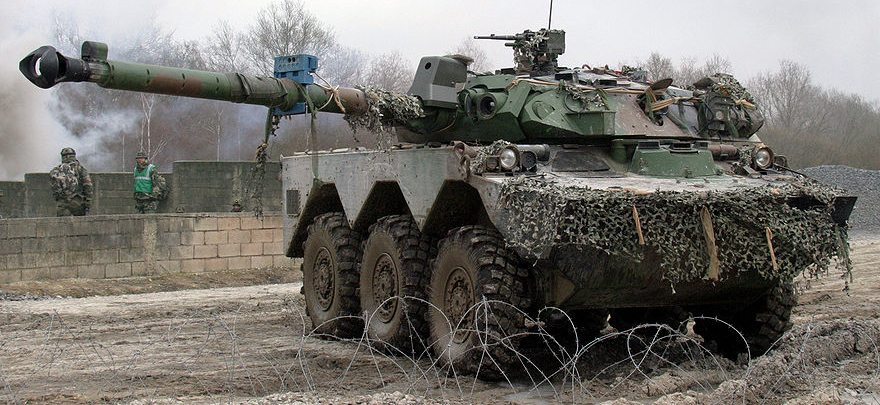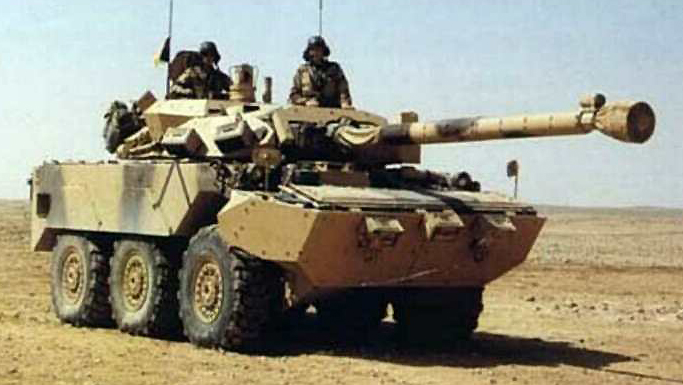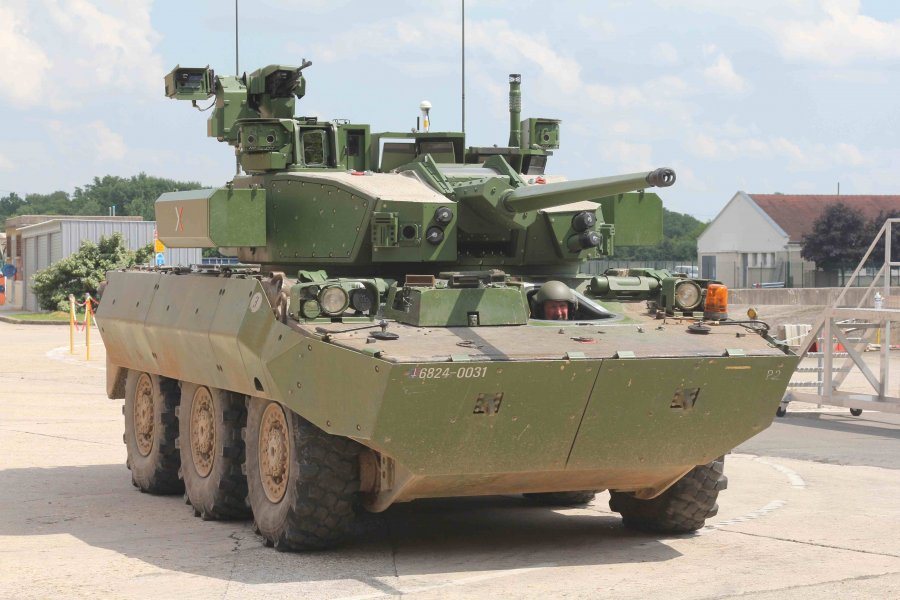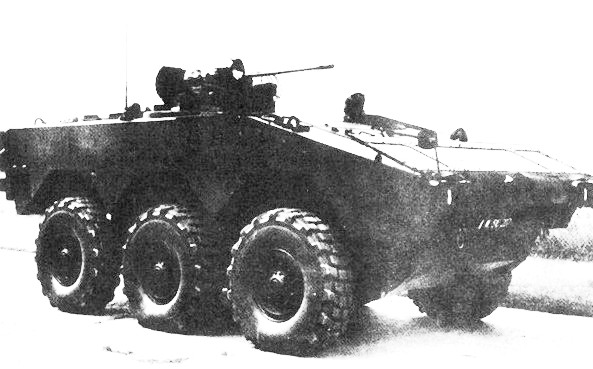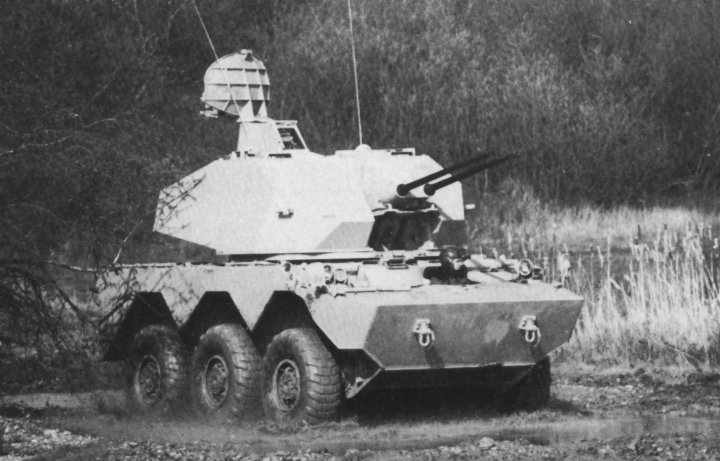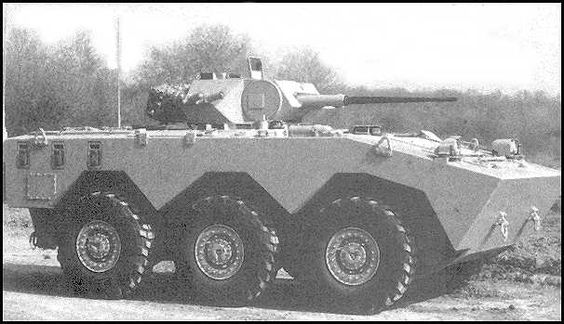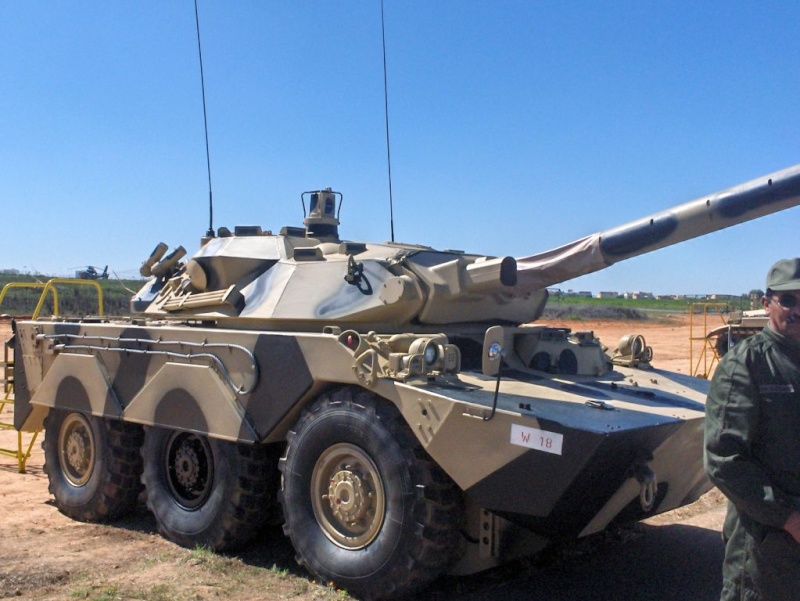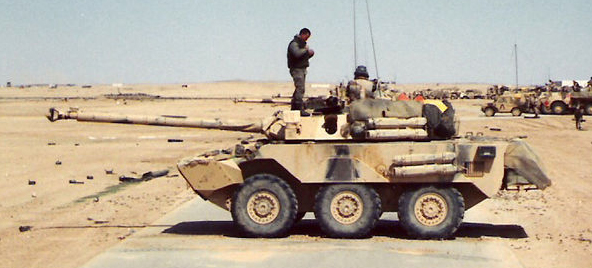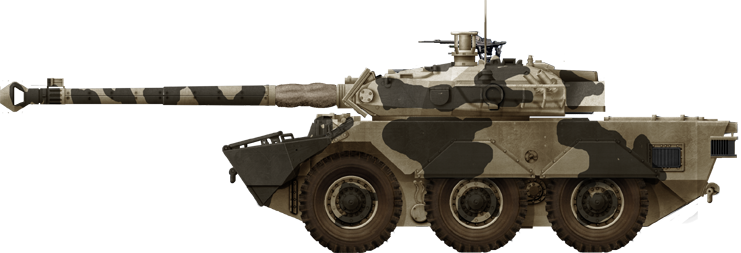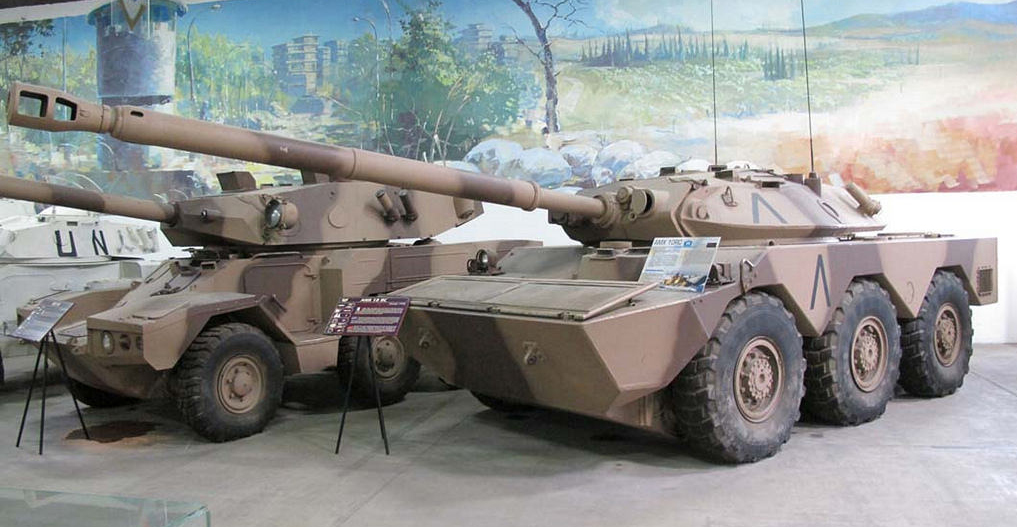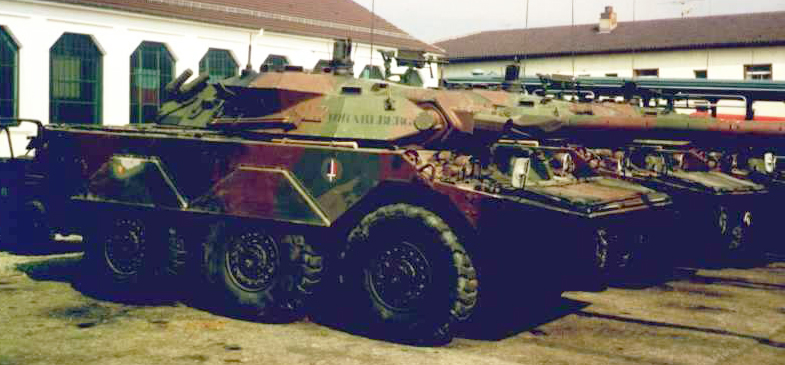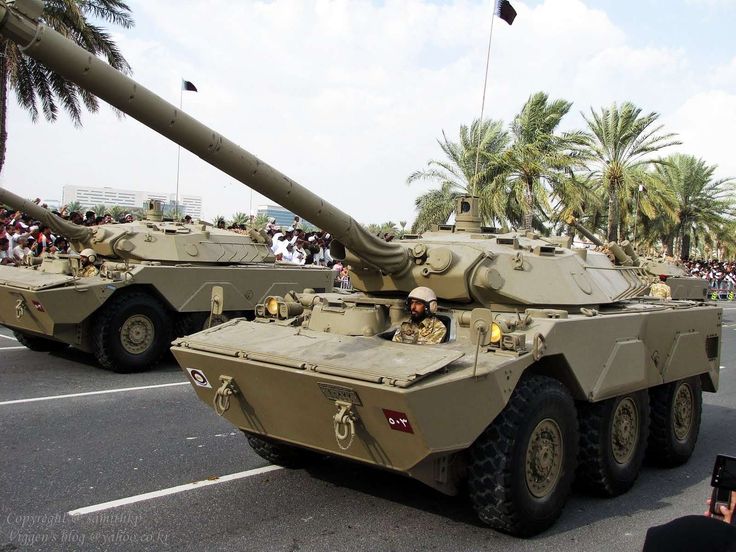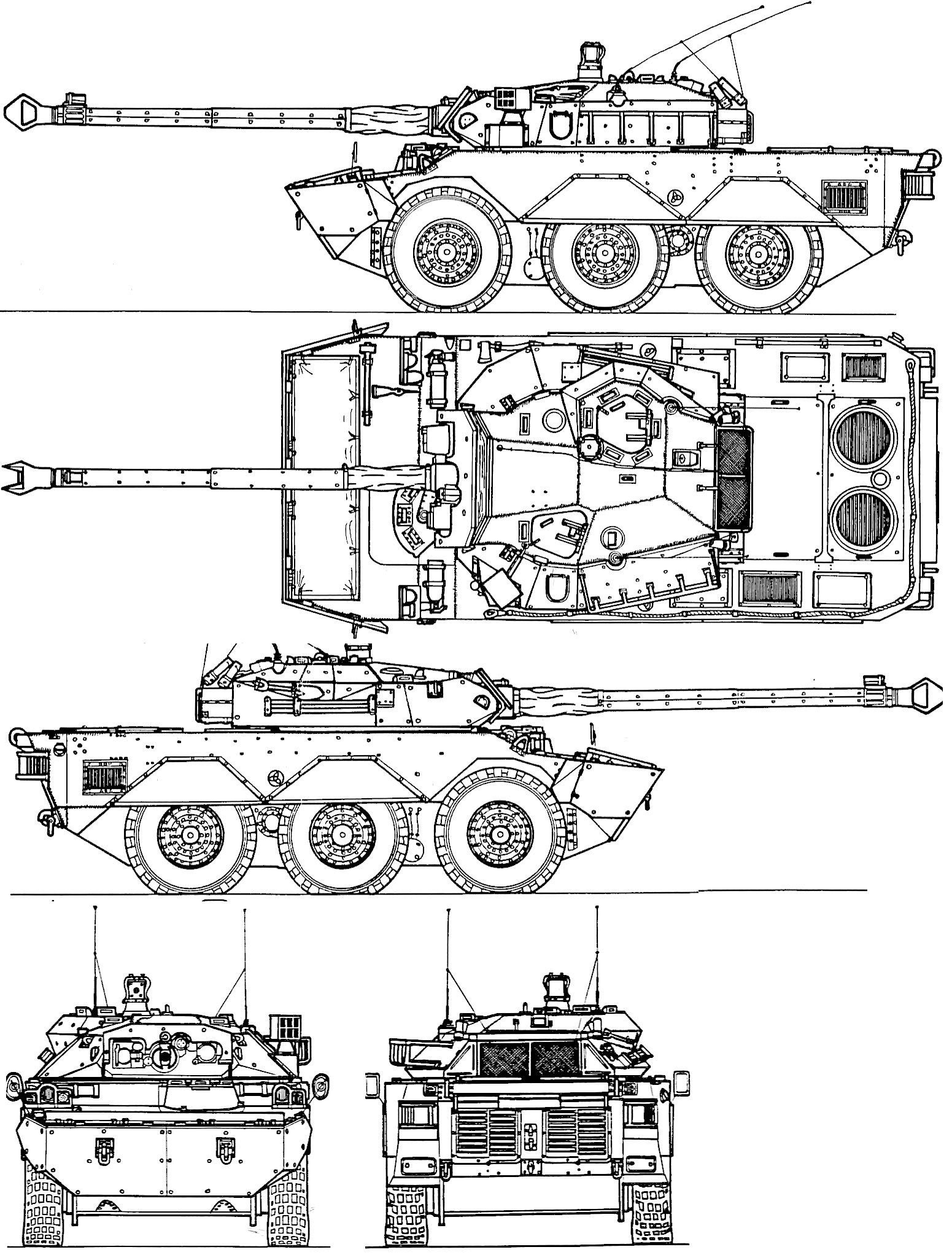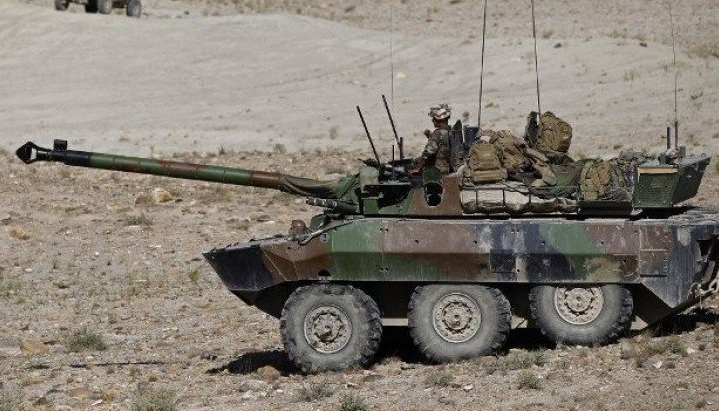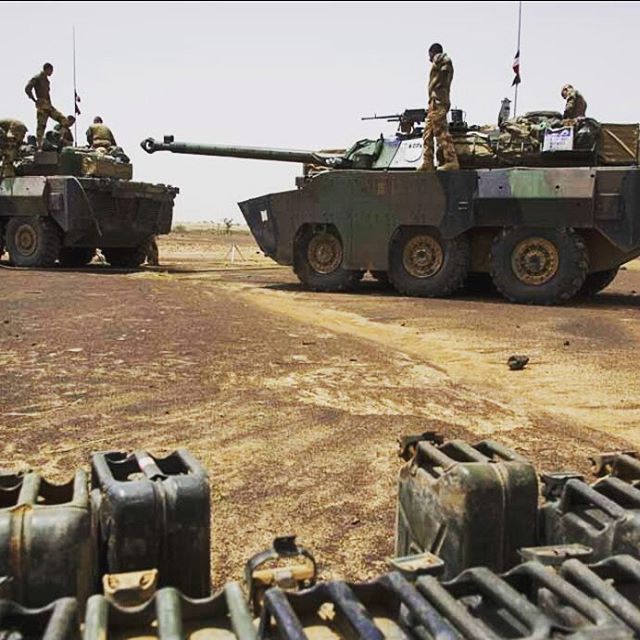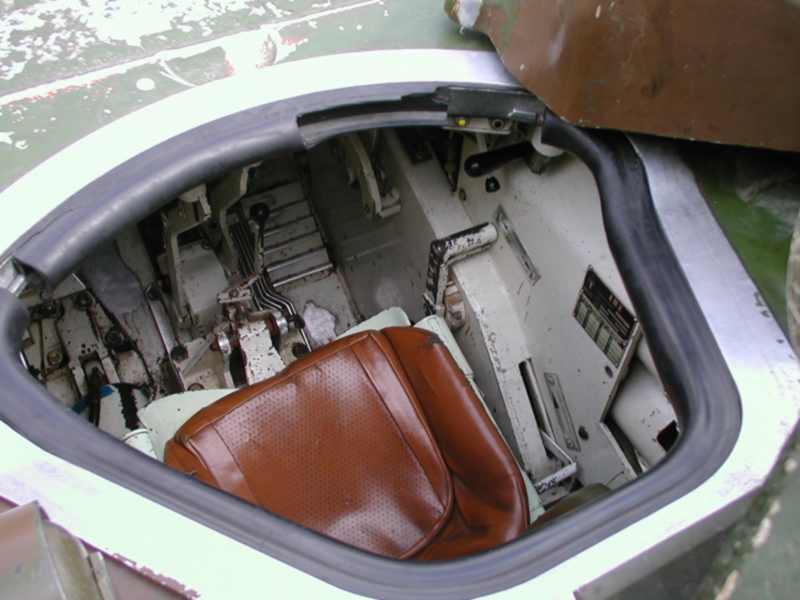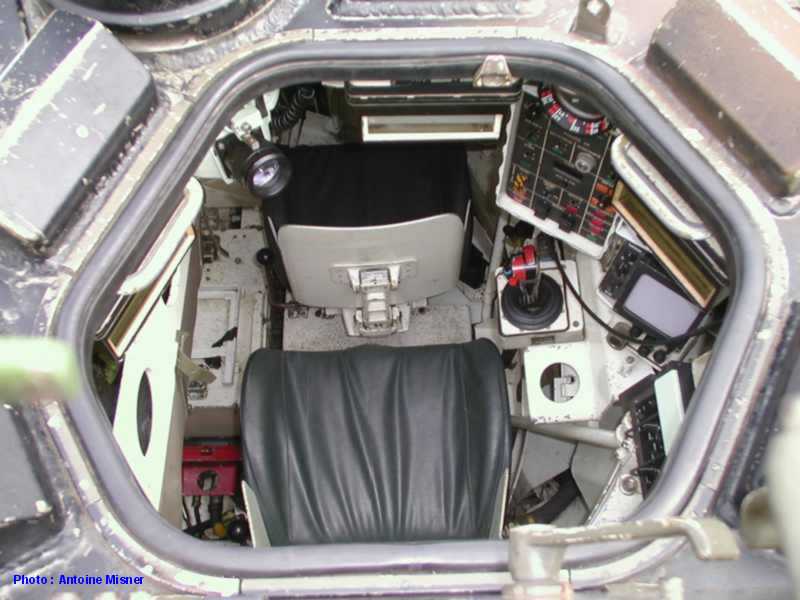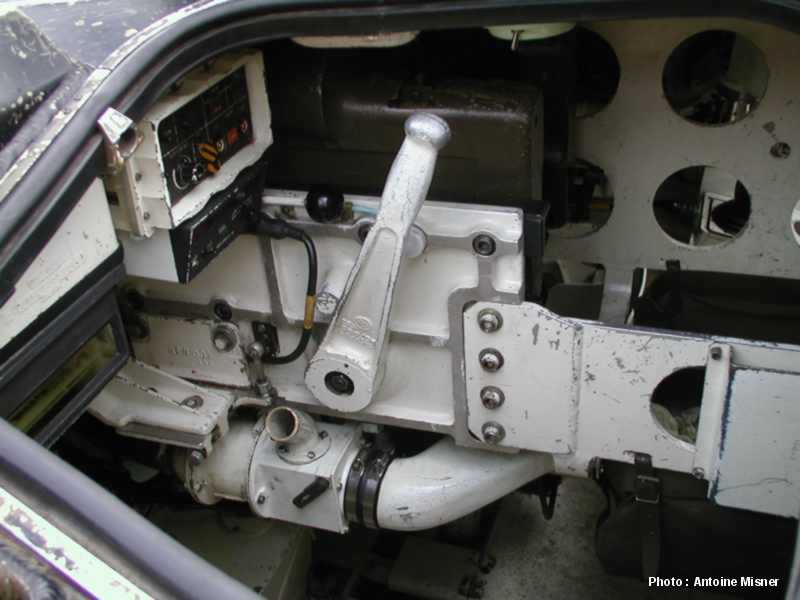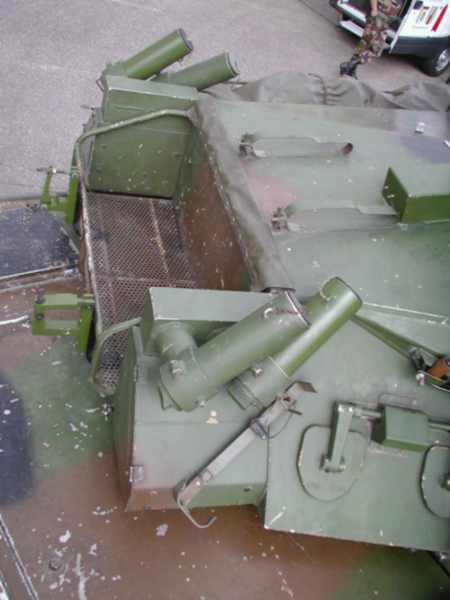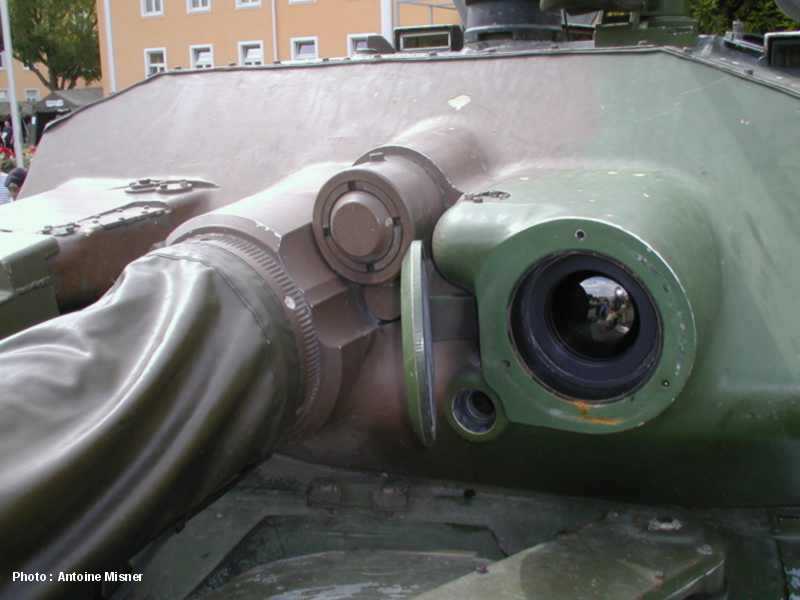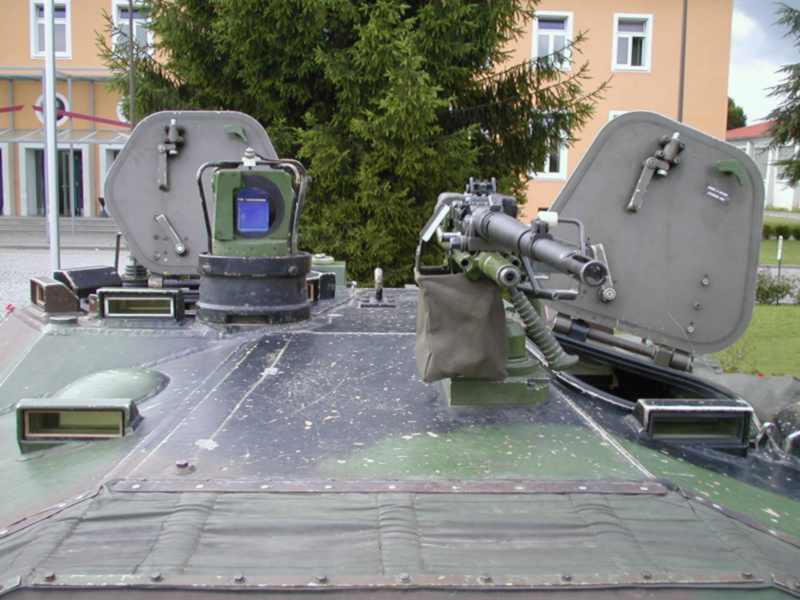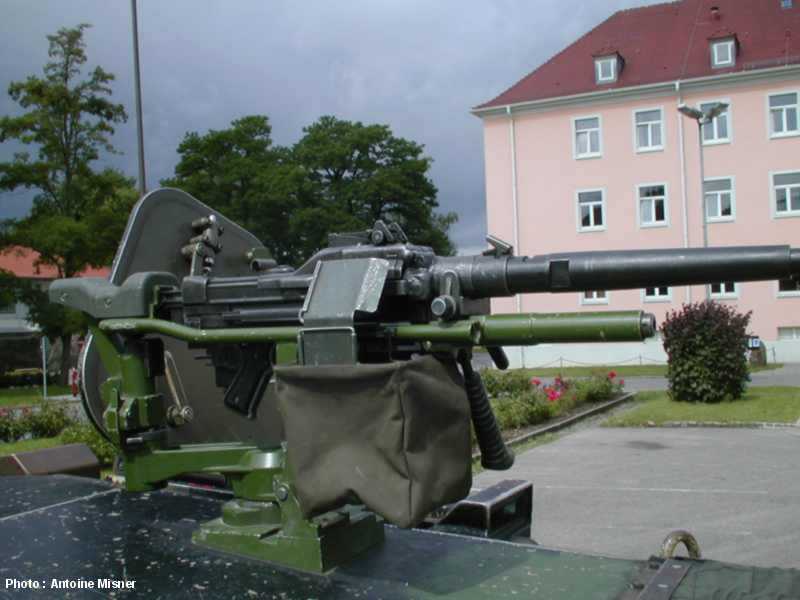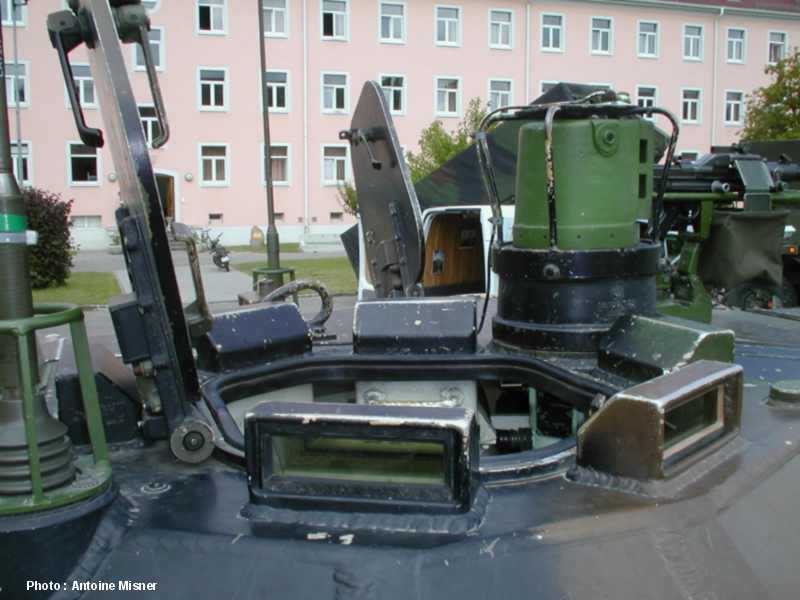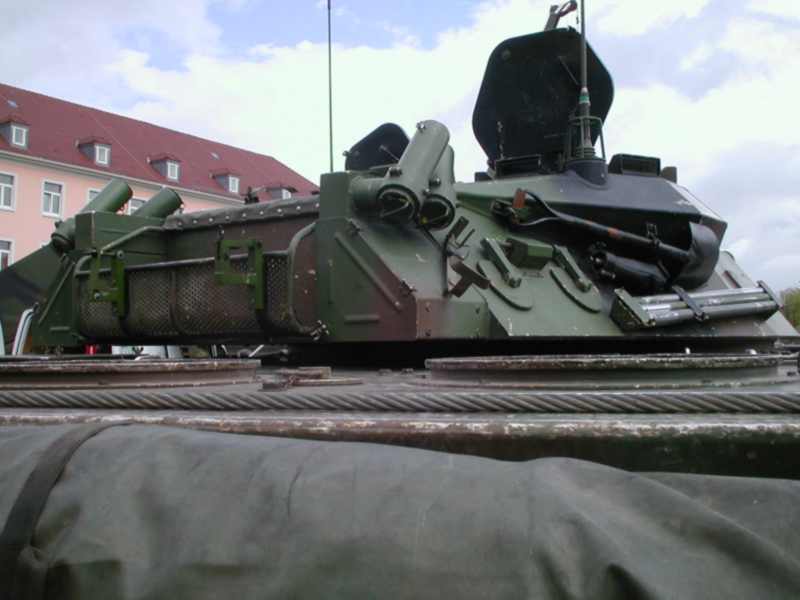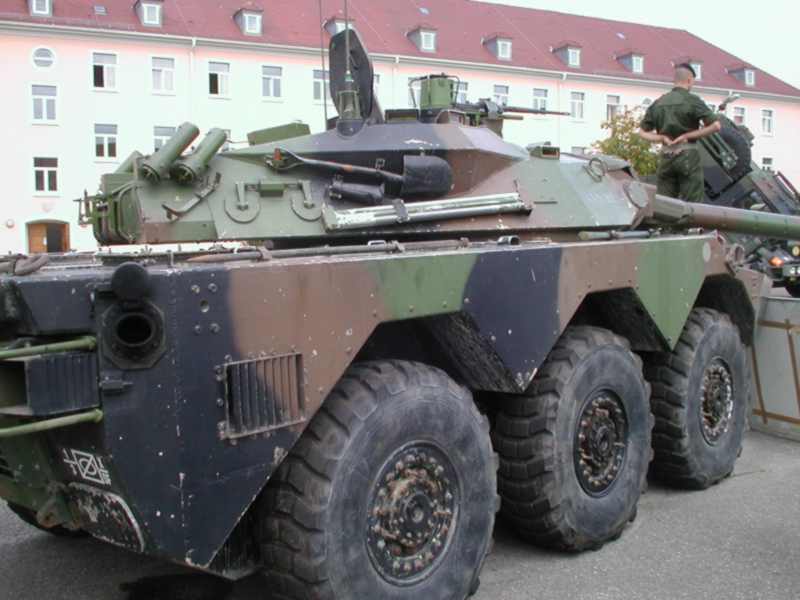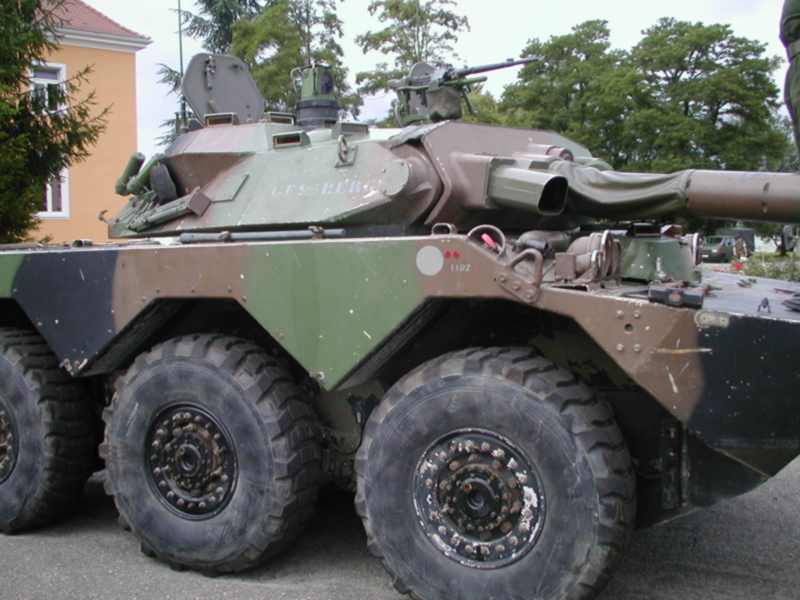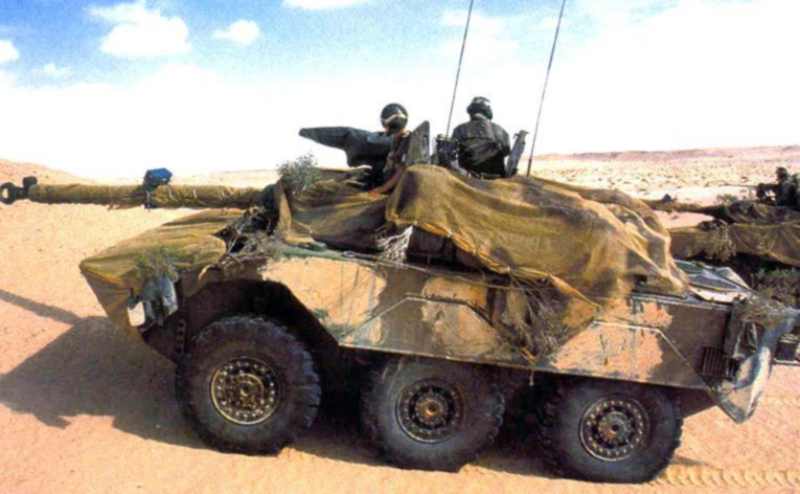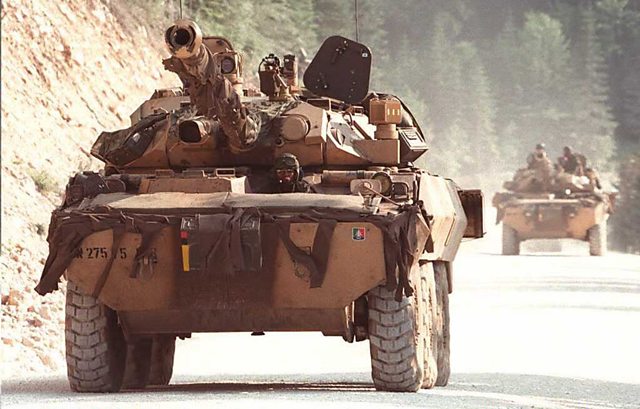 France (1946-1952)
France (1946-1952)
Armored Car – 40-64 Operated
The French Army in Indochina used a large variety of armoured vehicles originally produced during the later stages of the Second World War by either the USA or Great Britain. This situation was forced upon them due to the abysmal state of French industry immediately post-war. The French military, for a time, depended on its allies to equip its military forces, which were quickly becoming engaged in a conflict in French Indochina. One of the vehicles France was provided with was the Coventry Armoured Car.

The Coventry Armoured Car
The Coventry Armoured Car was designed by the Rootes Group during the Second World War. It was envisioned as a potential successor to previous British 4×4 armored car types, such as the Daimler and Humber. Production orders would, however, end up being fairly moderate, as it was decided production of the Daimler should continue. As such, only 220 Coventry Armoured Car Mk I would ever be produced. A version outfitted with the 75 mm QF gun was designed and designated the Coventry Mark II, but never progressed beyond prototype stage.
The Coventry was fairly heavy for a 4×4 armored car at 10.35 tonnes. It was lightly armoured, only 14 mm at its maximum thickness, and notably featured a crew of four, with a driver in the hull and three crew in the turret, something which was far from systematic in armoured cars of the time. With a dedicated loader, the 2-Pounder 40 mm main gun could provide a high rate of fire. It, however, lacked any mass-issued high explosive shell, which would prove a major issue, particularly against an enemy which fielded no armor. In this context, the coaxial BESA 7.92 mm machine gun would be a more efficient weapon. The vehicle was powered with a 6-cylinders Hercules RXLD engine producing 175 hp, giving a hp/ton ratio of 16.9 and granting a maximum speed of up to 68 km/h on a good road.

France procured the Coventry Armoured Car in 1946. The most commonly cited number of Coventry procured by France tends to be 40, but regimental organisation papers from the 5e RC tend to suggest more may actually have been employed, up to 64.
The First Indochina War
The French colony of Indochina comprised modern-day Laos, Vietnam and Cambodia. It was a large area, progressively conquered by the French in wars and agreements with local kingdoms and states from 1862-1863 to 1907. It suddenly became very vulnerable when France fell to Germany in 1940, and the colony, nominally loyal to Vichy, quickly fell under Japanese influence. It was eventually fully taken over in March 1945, with the French authorities deposed and French colonial troops and administrators taken as prisoners by the Japanese. Following the conclusion of the war, French troops returned to Indochina facing a bolstered independence movement, the Viet Minh. Though an uneasy peace existed at first, the possibility for conflict was obvious, and the French Army spent high efforts in mobilizing troops to send to Indochina with all kinds of various armored vehicles, even briefly re-using a number of Japanese tanks.

At the outset of the First Indochina War in 1946, two regiments were equipped with the Coventry Armoured Car Mk I: the 1er Regiment de Chasseurs A Cheval and the 5e Regiment de Cuirassiers. However, the 1er RCC soon gave up their Coventries when they were transferred north, to the Tonkin theater. Those Coventries they left behind were then given to the 5e RC, which formed two escadrons (ENG: squadrons) with them. Thus, the 5e RC was the main user of the Coventry Mk I for the duration of the First Indochina War.
Organization of the 5 RC
Due to the chaotic nature of the Indochina War and the transferring of units as operational conditions changed, the organization of the 5e RC was rarely set in stone. In 1946, the 5e RC was organized on the basis of a British Reconnaissance Regiment and thus consisted of a Regimental Headquarters, a Headquarters Squadron, and three Reconnaissance Squadrons. In February 1946, each of the squadrons consisted of two Coventry Mk I equipped ‘heavy’ pelotons (ENG: platoons) and 2 Humber Scout Car-equipped ‘light’ pelotons.
In August 1946, 2 escadrons equipped with Coventry Armoured Cars were transferred from the redeploying 1er RCC to the 5e RC. Sources differ on the exact number of escadrons transferred, but all agree that at least two escadrons were transferred – the total number of escadrons by the end of 1946 was 6, and it would remain at that number until 1951.

From 1947-1951, the 5e RC’s organization appears to have remained mostly consistent. In 1948, the unit’s six escadrons were divided into two Groupes d’Escadrons (ENG: Squadron Groups) for easier command and control. According to CEFEO (Corps Expéditionnaire Français en Extrême-Orient/ ENG: French Expeditionary Corps in the Far East) documents, the organisation of the 5e RC consisted of:
1 Etat-Major et Transmissions (ENG: Staff and Communications)
2 Escadron Hors Rang (ENG: “Rankless” squadrons not part of a squadron group)
2 Etat-Major Groupe d’Escadrons (ENG: Squadron Group Staff)
5 Escadron Mixte (A.M. et S.C. Anglais) (ENG: Mixed Squadrons, outfitted with both Humber scout cars and Coventry Armoured Cars)
1 Escadron Type A (ENG: Type A Squadron)
All 6 of the 5e RC’s Combat Escadrons possessed Coventry Armoured Cars. Each Escadron Mixte possessed 9 Coventry Armoured Cars, in addition to 6 Humber Scout Cars. Each of the Escadron Mixte’s three Pelotons Mixtes possessed 3 Coventry Armoured Cars, while 5 of the 6 Humber Scout Cars were concentrated in a separate Peloton S.C. Humber. The Escadron Type A possessed 6 Coventry Armoured Cars and 11 Humber Scout Cars. The 6 Coventry Armoured Cars were divided between two Peloton Lourd (ENG: Heavy Platoons) and the Humber Scout Cars were divided between two separate Humber Scout Car Platoons. In total, this meant that the 5 RC would have 52 Coventry Armoured Cars and 41 Humber Scout Cars at full strength.

This organization changed from 1951-52, however. Two of the 5e RC’s squadrons were transferred to the Vietnamese National Army in this period. By 1952, the 5e RC had been reorganized to utilize the newly-arriving US equipment. Instead of 4 Escadrons Mixtes with British armored cars, the new Escadrons de Reconnaissance began to utilize US armored cars. One of the squadrons appears to have been converted to an Escadron de Chars Legers M5 (Type Sud), leaving the 5e RC with 3 Escadrons de Reconnaissance. The Coventries do not appear on the CEFEO TO&E for mid-1952, so it appears that they had been withdrawn by this time.

Use of the Coventry
The operational situation in Indochina, with rough terrain, Viet Minh harassment campaigns, and inadequate stocks of armored vehicles, meant that the Coventry saw wide use in the campaigns in southern and central Indochina in 1946-1951. The nature of the campaign meant that the armored cars could only be used for a few roles: road-opening operations, convoy escort missions, and outpost security. Reconnaissance units tended to disperse themselves widely, conducting these missions in peloton (and sometimes escadron) strength. The units were not without their problems. A lack of adequate mobile fire support and infantry inhibited the ability of armored cars to effectively conduct operations. French soldiers also noted that the armored cars were poorly suited to the terrain and that the guns were much too weak. This is no surprise, as the 2-Pounder was not mass issued with any high-explosive shell and, as such, could only damage an enemy target by direct hit, something far less reliable when facing enemy infantry using guerilla tactics in comparison to enemy armor. The Coventry Armoured Car was also noted to be particularly hard to maintain. This is not much of a surprise either, as only a small production type of the vehicle was ever made and it did not truly stick around in the producer’s militaries. While many other armored vehicles employed by the French in Indochina, such as the M5 Stuart or M24 Chaffee, or even M8 Greyhound, had been produced in massive numbers with an abundance of spare parts, such was not the case of the Coventry.


The 5e RC, and thus the Coventry, saw extensive combat action in Cochinchina, Annam, and Laos. Viet Minh forces there put immense pressure on the French forces from 1948 to 1951, and thus forced France to devote considerable resources to pacifying the southern countryside. Terrain was difficult to navigate, and the Viet Minh proved to be particularly adept at harassing French forces. However, the Viet Minh did not possess as much popular support in the south as they did in the north, limiting their capabilities severely. After years of hard fighting, French forces were able to gain the upper hand by 1952, and by 1954 had essentially pacified the south.
Conclusion – A British Armored Car Placed into a French War in Vietnam
The Coventry was retired from service by the French in 1952, replaced in the 5th Cuirassiers regiment by the M5 Stuart. In most regards, the Coventry had been pushed into a war it was not designed to fight in. The wheeled configuration of the vehicle was more often than not an issue in Indochina, where infrastructure was often below par and the ability to navigate through rough terrain, particularly marshes, jungles, and rice paddies, was a major positive. The armament was inadequate for counter-insurgency warfare, and the chronic lack of spare parts which plagued the French Coventry fleet made operation of the type an uphill struggle.


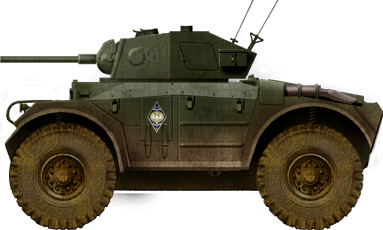
Sources:
http://indochine54.free.fr/cefeo/orgs.html
http://1project2far.blogspot.com/p/indochina-war-ressources.html?m=1
5e Régiment de Cuirassiers TOEs, 1950 & 1952
Char-français
https://balagan.info/french-ground-force-organisation-in-the-first-indochina-war-1946-to-1954
Trois guerres dans les blindés au service de la France, Pierre Jarno, Editions le Grand Blockhaus, 2009
http://cavaliers.blindes.free.fr/rgtdissous/5cuirsh4.html
French armour in Vietnam 1945-1954, Simon Dunstan, Osprey publishing, 2019


